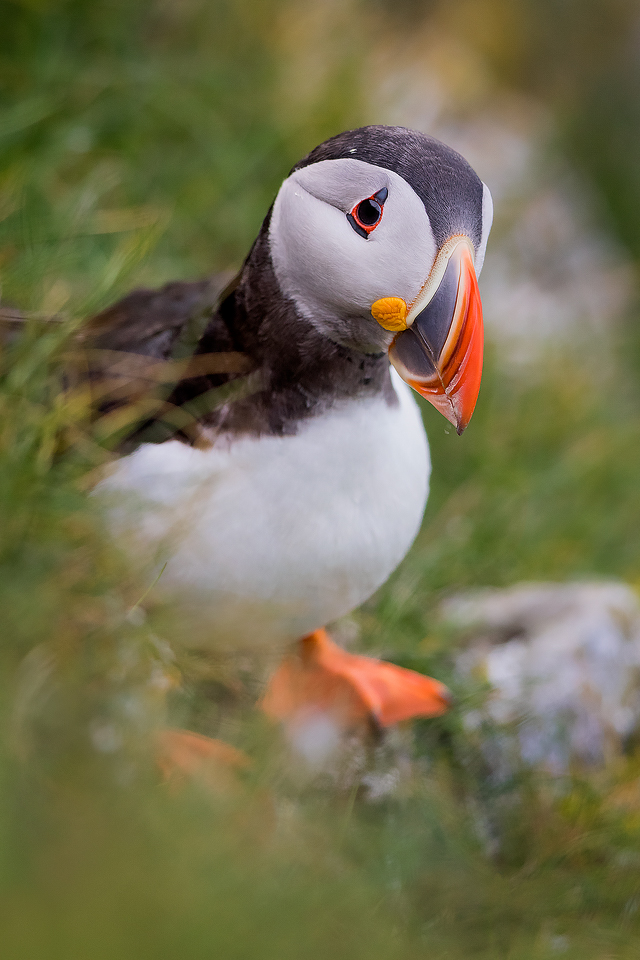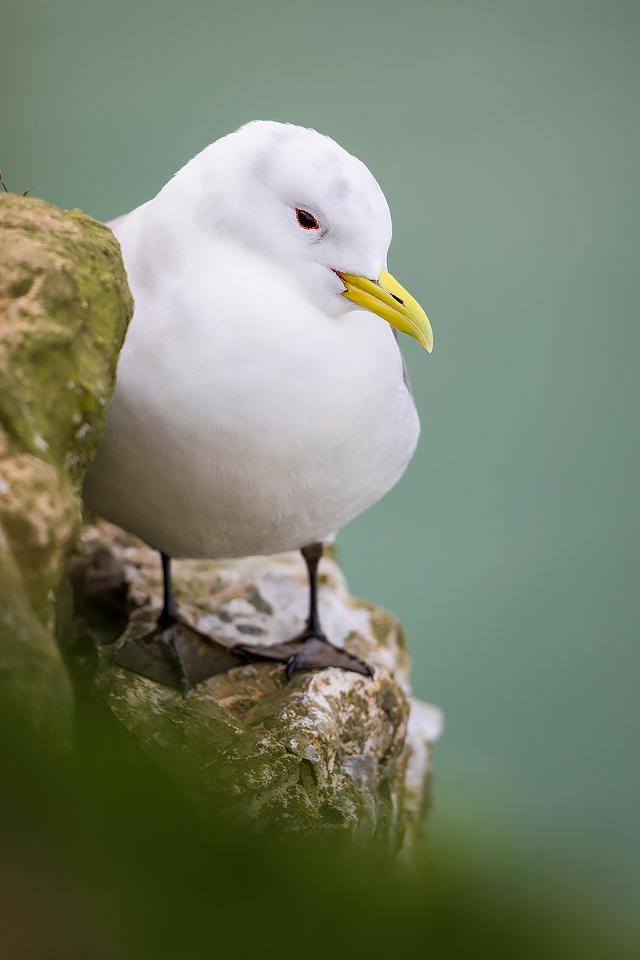Published: 14th May 2016 at 7:24 pm. Posted in Blog.
Earlier last week I visited Bempton Cliffs in the East Riding of Yorkshire for the second time this year. My first trip was a seriously optimistic visit in early March and as most of the seabird colony hadn’t yet arrived, it wasn’t particularly productive. Bempton Cliffs are owned and maintained by the RSPB and play host to over 250,000 seabirds which flock to the white chalk cliffs each year, with numbers reaching their peak between April and August.
This time there was much more bird activity and I managed to photograph all of my target species. I’ve included some of my favourites from the trip below with a little bit of information.
For me the Guillemots really were stars of the show this time and I managed to capture a range of both close up and environmental portraits and behavioural images.
Guillemots are one of the most commonly seen birds in the huge seabird colonies. They come to land only to nest, spending the rest of their lives out at sea. Much like gannets they dive for their food and are capable of reaching depths over 150 metres, using their short wings to swim under the water.
A relative of the Albatross, Fulmars are often mistaken for gulls due to their similar colouring. Whilst typically seen flying low over the waves when out at sea, at the breeding sites they ride updraughts to nest high up the cliff face. If threatened they will defend their nests from intruders by spitting out a foul-smelling oil.
The puffin is one of Britain’s most iconic and best loved birds with its distinctive black head and brightly-coloured bill. Its comical appearance has earned it the nickname ‘clown of the sea’. The inaccessible nature of the chalk cliffs at Bempton makes them an ideal choice for nesting burrows to be excavated in the grassy slopes.
The kittiwake is a member of the gull family and a summer visitor to our shores. After breeding season is over these gentle looking birds head out to sea to spend the entire winter out on the open Atlantic ocean.
Much like the Guillemot, Razorbills only come to shore to breed, wintering in the northern Atlantic. Razorbills are heavily influenced by the condition of the marine environment, seriously threatened by fishing nets, pollution and declining fish populations.
Herring gulls are large, noisy gulls identified by their light grey backs, black wing tips and pink webbed feet. Herring Gulls were once abundant around Europe but are now an RSPB red status species thanks to steep declines in fish populations. Despite the declines they are very adaptable birds and can often be seen scavenging around urbanised coastal areas.
The British breeding population of Gannets represents 60-70% of the entire world population, with the largest mainland breeding colony at RSPB’s Bempton Cliffs. The birds arrive at the colonies, known as gannetries, from January and leave between August and October. Gannets are easily identified by their distinctive plumage and ring of blue around the eyes, earning them the alternative nickname ‘spectacled goose’. Gannets are monogamous and will remain together for several mating seasons, potentially even for their entire lives. The pairs separate after the mating season concludes and head out back to sea, returning to shore and pairing back up the following year.
All in all it was a very successful trip and it certainly won’t be the last of the year!
Thanks for looking!














